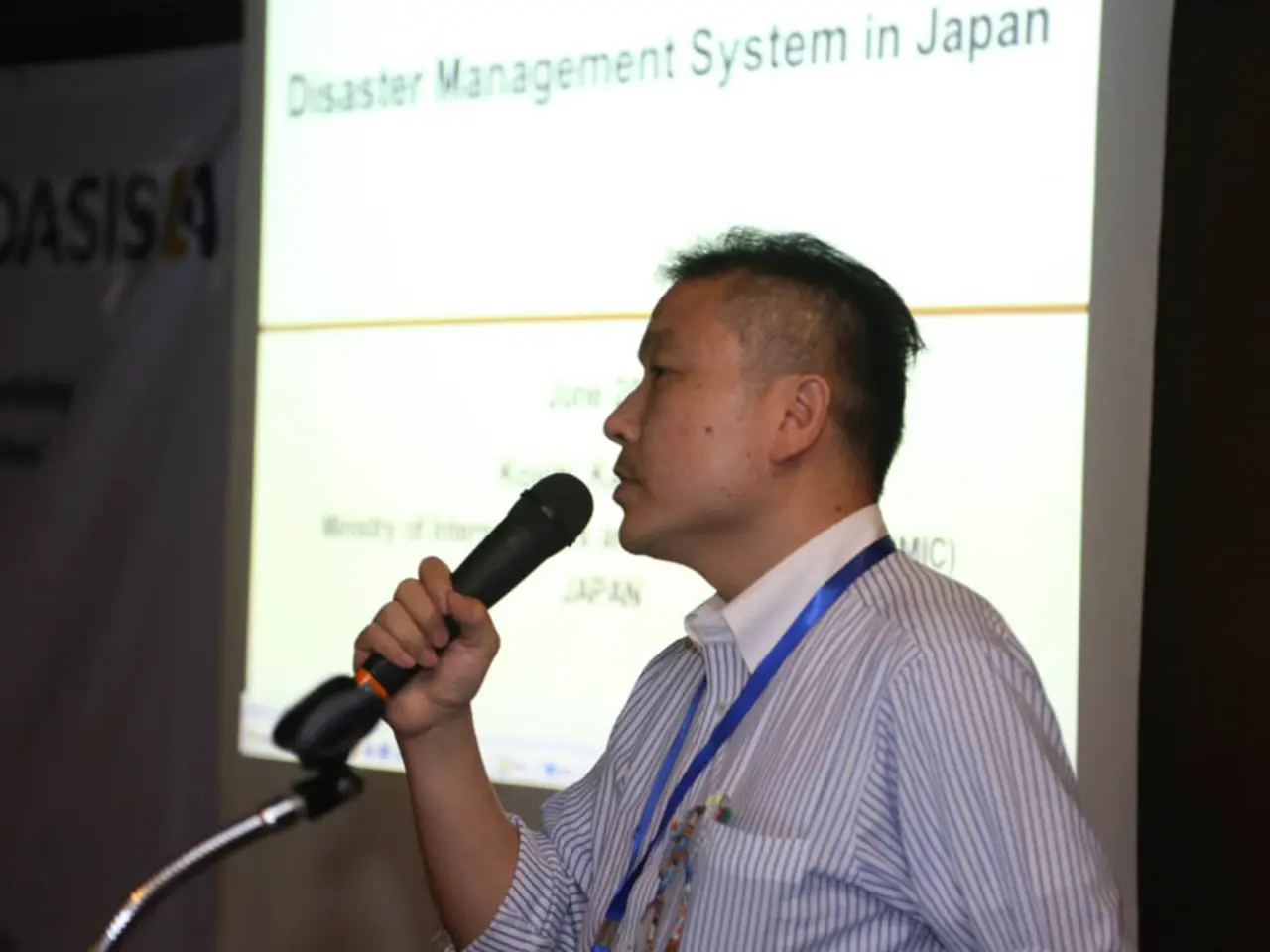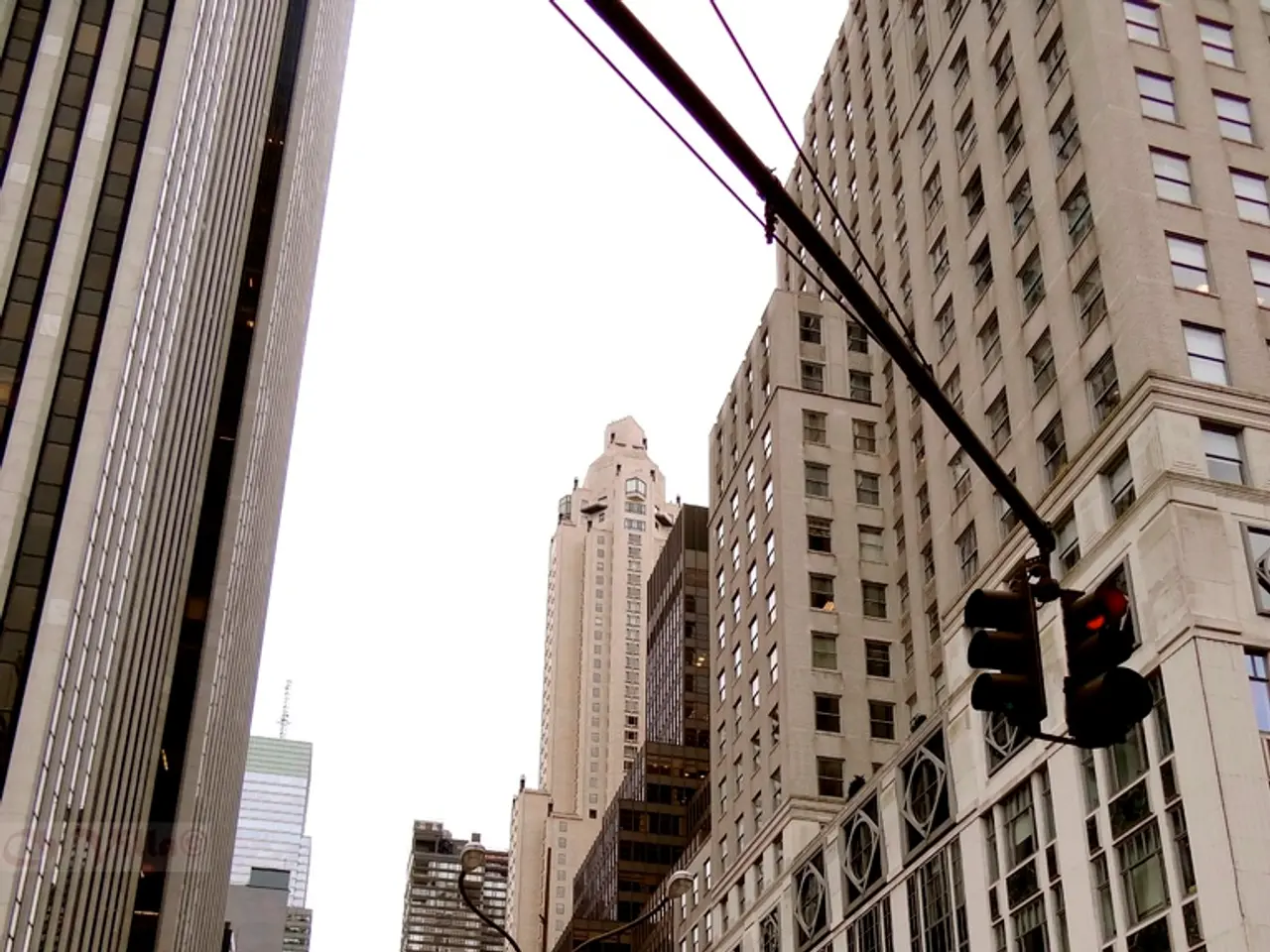majorearthquake, ranking sixth in recorded history, hits Pacific region, causing widespread tsunamis and revealing current details
Major Earthquake Off the Coast of Russia Triggers Tsunami Warnings
A powerful earthquake with a magnitude of 8.8 struck off the coast of Russia's Kamchatka Peninsula on July 29, 2025. According to the USGS, this earthquake is tied for the sixth largest quake in recorded history[1].
The earthquake triggered tsunami warnings and advisories for a wide swath of the Pacific, including Alaska, Hawaii, the U.S. West Coast, and as far south as New Zealand[5]. In Japan, officials ordered evacuation of much of the eastern seaboard, which was devastated by a magnitude 9.0 earthquake and tsunami in 2011[4].
Despite the initial tsunami risks, the resulting waves were relatively small and not devastating. Scientific analyses suggest multiple factors contributed to this, including the earthquake's geological specifics such as the relatively shallow dipping angle of the subducting Pacific Plate beneath the Okhotsk Plate and the depth of the quake (~19-21 km)[3].
The earthquake occurred near the Kuril-Kamchatka Arc, one of the most seismically active regions in the world[6]. This arc stretches roughly 1,300 miles (21,000 kilometers) from Hokkaido, Japan to its intersection with the Aleutian arc[6].
In the U.S., Crescent City, California, which has a history of deadly tsunamis including the 1964 event that caused 11 deaths and severe damage, issued tsunami warnings as well[1]. However, as of 10:20 a.m. ET Wednesday, officials cancelled tsunami warnings in some parts of coastal California from the Mexico border to Rincon Point[2].
As of 8:30 a.m. ET Wednesday, several tsunami advisories remained in place along the West Coast, including in parts of Alaska, Oregon, and California[7]. The National Weather Service warned late Tuesday that waves could continue to impact the California coast for 10 to 36 hours[8].
Tsunami formation depends on the location, magnitude, and depth of the quake[9]. In this case, the earthquake occurred where the Pacific tectonic plate subducts, or slides beneath, the Okhotsk microplate[10].
Tsunami preparedness and warning systems have improved significantly in the last 20 years, largely due to the devastating Indian Ocean Tsunami of 2004[11]. These systems were put to the test with this latest earthquake, and while the resulting tsunami waves were smaller than feared, they serve as a reminder of the continuing seismic risks in the Pacific Rim.
| Aspect | Details | |-----------------------------------|------------------------------------------------------------------------------------------------| | Magnitude | 8.8 – strongest near Kamchatka since 1952, among top globally | | Location | Offshore Kamchatka Peninsula, Russia | | Tsunami Impact | Small tsunami waves detected (~2 feet in Japan), warnings issued in Japan, Hawaii, Alaska, US West Coast, New Zealand | | Damage and Response | Local damage and evacuations on Kamchatka, state of emergency declared, minimal damage elsewhere | | Geological Context | Subduction zone with fast Pacific plate subduction under Okhotsk plate; depth ~19-21 km; shallow fault angle contributed to tsunami characteristics | | Historical Importance | Major seismic event reminding of seismic hazards along Pacific "Ring of Fire"; test of tsunami early warning systems |
Sources:
- USGS Earthquake Hazards Program
- California Governor's Office of Emergency Services
- National Tsunami Warning Center
- Japan Meteorological Agency
- National Oceanic and Atmospheric Administration
- United States Geological Survey
- Alaska Division of Homeland Security and Emergency Management
- National Weather Service
- United States Tsunami Warning System
- United States Geological Survey
- United Nations Office for Disaster Risk Reduction
- The future of environmental science will see continued focus on improving early warning systems, as demonstrated by the recent tsunami threat from the major earthquake near Russia.
- In the general news, the latest earthquake serves as a reminder of the ongoing seismic risks, particularly in the Pacific Rim, where the frequency of powerful earthquakes is high.
- Gizmodo reported on the latest technology used in science for analyzing the factors contributing to the tsunami formation following the Russian earthquake, such as the geological specifics of the subducting plates.
- The science community is closely monitoring the impact of climate change on environmental disasters like the tsunami caused by the recent earthquake off the coast of Russia.
- Ensuring the safety of citizens and minimizing the damage caused by disasters like tsunamis falls under the purview of politics and government policies, with policies regarding preparedness and disaster response being reassessed following major events such as the earthquake and tsunami.
- The environmental-science implications of the Russian earthquake extend to crime and justice, as authorities investigate the possibility of criminal activity leading to an increased risk of accidents during the response and recovery efforts following the disaster.







